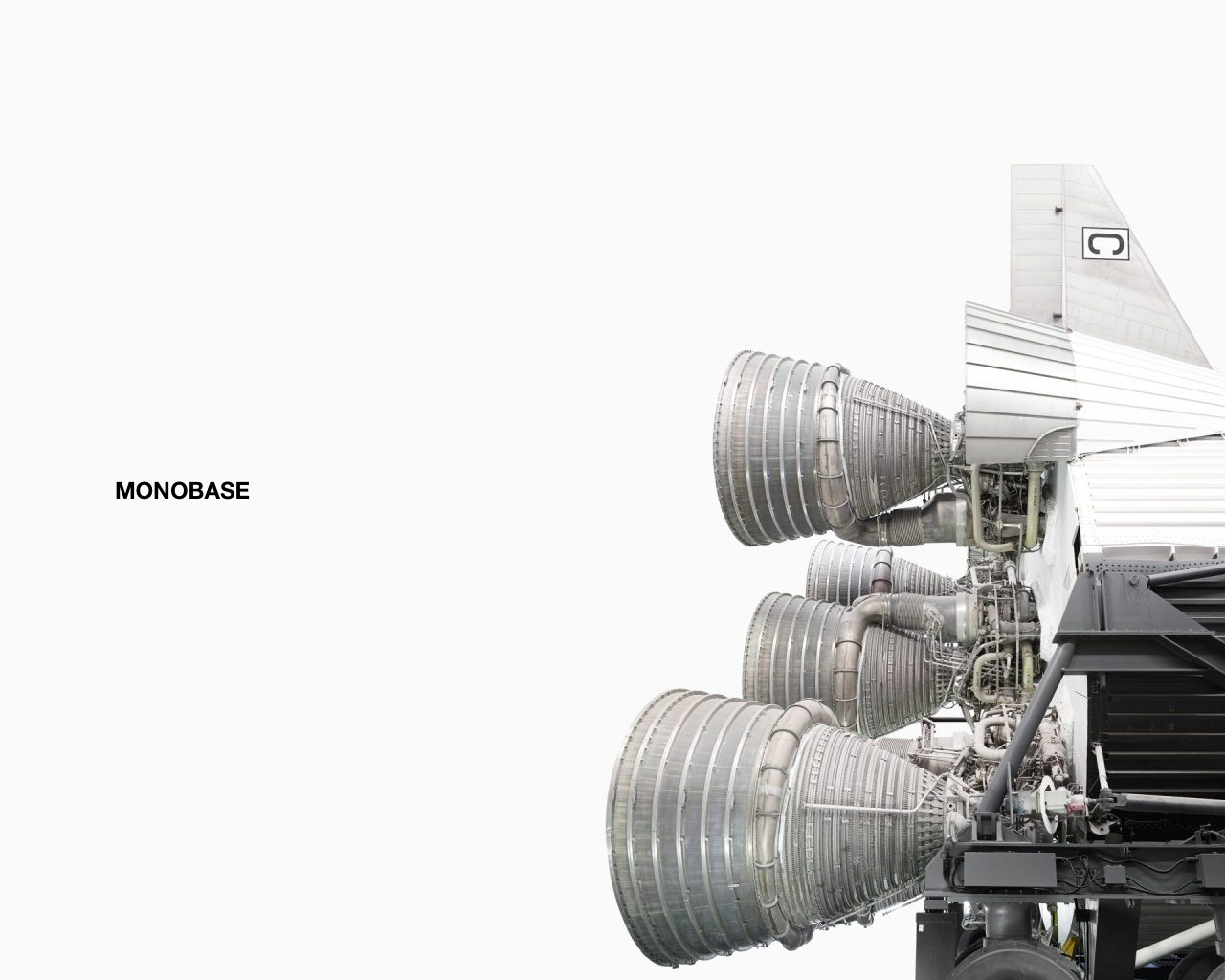See an example of the default deployed project.
Quick start
- Download the default project template
cd ~/Downloads/projectmake serveto start you dev servermake buildto generate your site
Why is it great?
Monobase let's you build sites in a component based way, allowing you to isolate and re-use every part of your website. Don't build a site, build a site system, and re-use it everywhere.
More great features:
- Components can be optionally be interactive (if marked with
Dynamic()). - Style and correctness enforcing through TypeScript and Prettier.
- Automatic fast browser reloading on changes.
- Fast with even huge sites through incremental rendering.
- Easily extendable with existing React components.
- Automatic port selection if default is taken.
- Secure SSL serving by default.
- Nicely formatted terminal logging.
- Extensive error page with hints for common issues.
- Optimized builds for production.
Project layout
/MakefileShorthands for commands to quickly build or install./pagesThe html pages including site structure./pages/index.tsxDefault index page./pages/404.tsxFile not found page./componentsThe React Components used by the pages./components/template.tsxDefault page template./staticJust static files like css, images, fonts and downloads.
Dynamic components
Some React components are interactive. Monobase generates a single script called components.js containing every marked component and hydrates them after the page load so they become interactive. This means the inital html gets loaded statically, and then code attaches itself automatically after page load.
To mark components as interactive wrap them in the Dynamic component [example]
Example dynamic components
You can find these in the default project /components/examples folder.
- Grid - A simple but dynamic grid.
- Button – Just a button you can click.
- Timer - A timer that displays the running time in ms.
- Cookie - An input that stores values in a cookie.
- Scroll – An element that responds to page scrolling. [todo]
- Mouse – A mouse location display.
- Styled – An example of a static, inline styled component.
- Picture - A responsive image loader.
- Visible - A wrapper that hides the content if offscreen.
- Unsplash - An unsplash random image element.
SSL on localhost
Monobase uses ssl / https on localhost. By default you'll have to click some warning away everytime. To make ssl work on localhost you can install mkcert.
brew install mkcertmkcert -install- Restart your browser
Gotchas
- On a page or component edit the current page and every component in the
project/componentswill be reloaded. So make sure every file you'd like to use with autoreload is in either theproject/pagesorproject/componentsfolder. - Only the hydrated components will show in the React Dev tools, as it uses runtime introspection and can't find static html components.
Styled Components
It's easy to use Styled Components with Monobase. Just import StyledSheet and use it in your template to inline all the generated css. To get a great experience in VSCode, make sure to use the Styled Components Extension.
import { Development, StyledSheet } from "monobase";
export default function Template(props) {
return (
<html>
<head>
<StyledSheet app={props.children} />
</head>
<body>
{props.children}
<Development />
</body>
</html>
);
}Performance
Monobase generates a combined bundle for all of your pages, which contains all the JavaScript. Minified and gzipped it's around 40kb (depending on the size of your site) which is smaller than most images. Once it's loaded, it's cached for every page.
Deployment
The output of make build is just a web project that you can deploy anywhere, like Amazon S3 sites or Netlify. I myselfs also really like Zeit or Netlify for static websites.
- Install Zeit:
yarn --global install now - Build project:
make build - Upload:
now ./build
